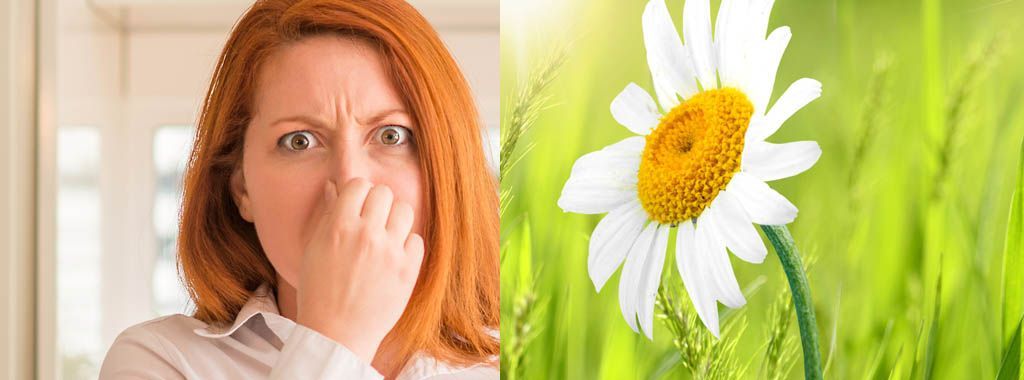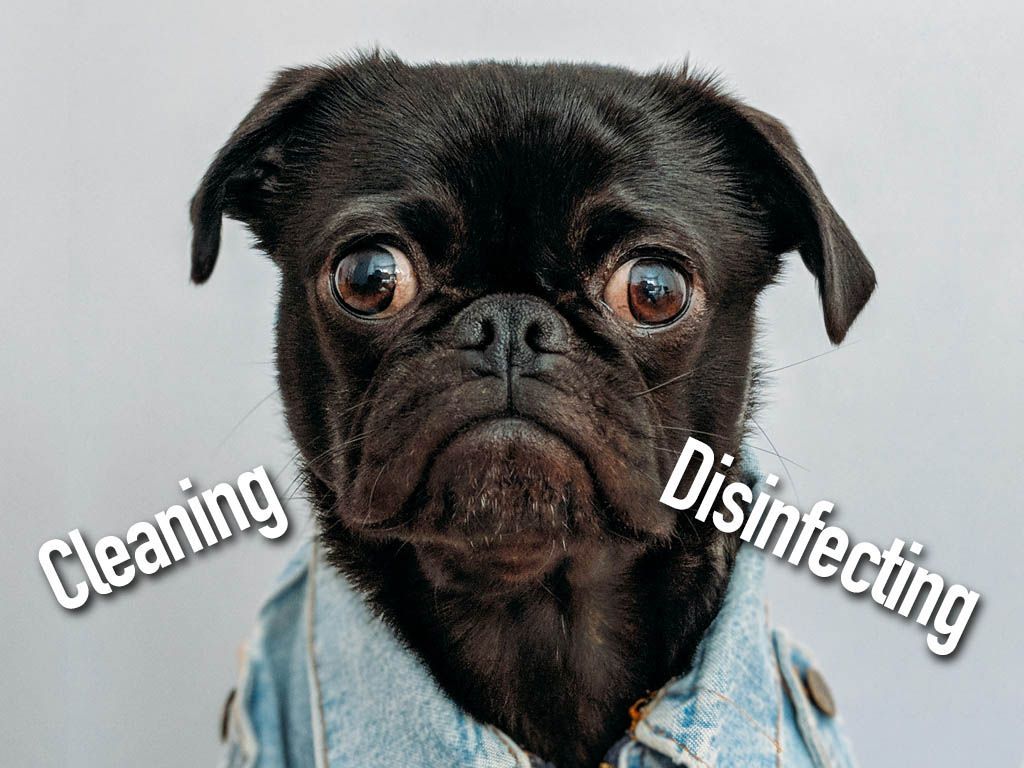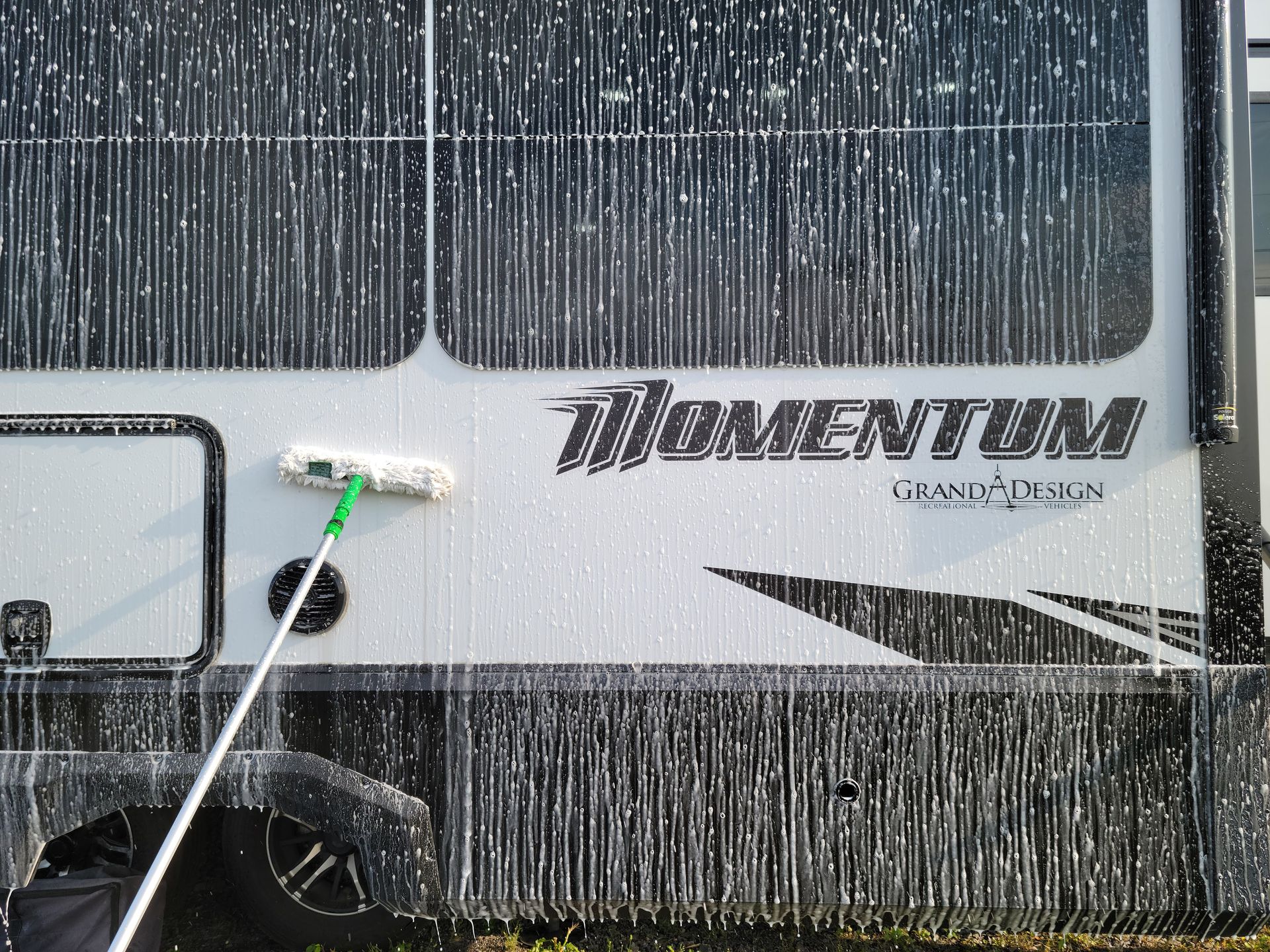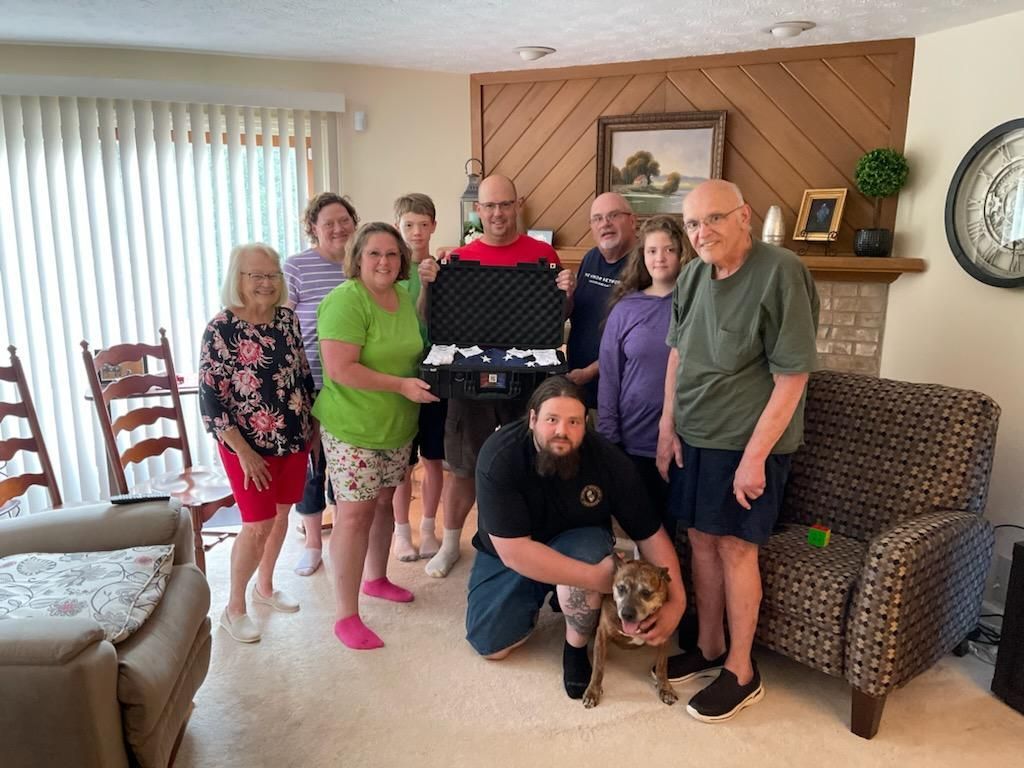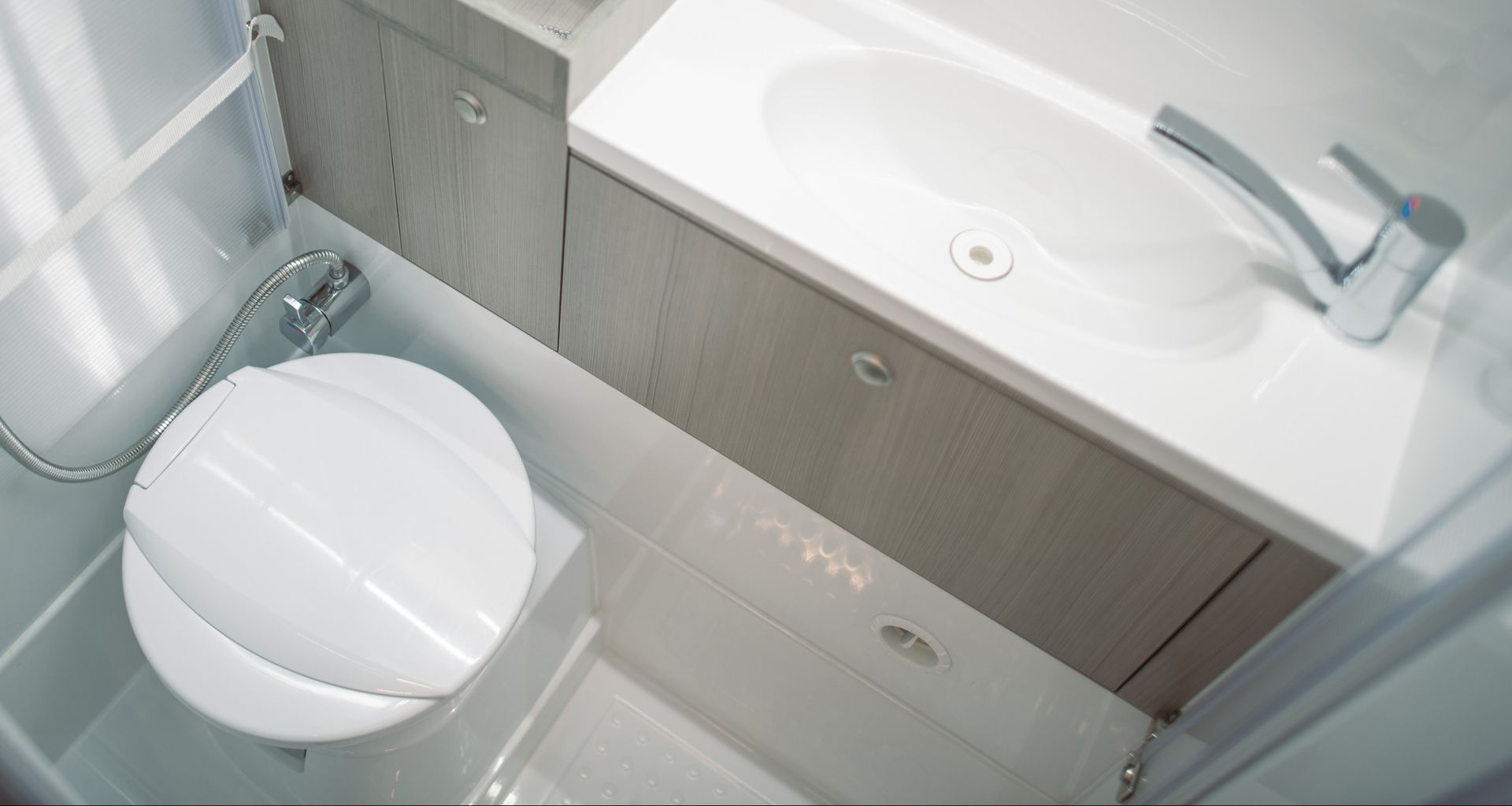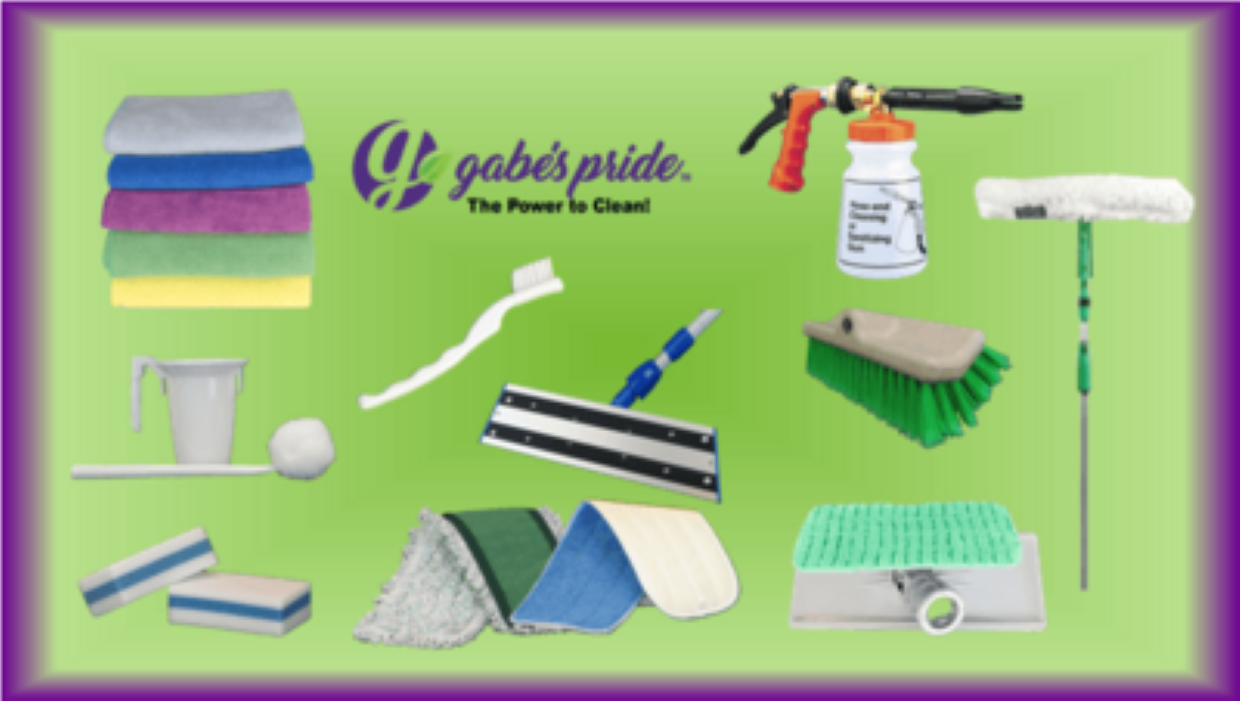The Use of Bleach for Sanitizing or Disinfecting
Pam Kennedy • March 24, 2020
The Use of Bleach for Sanitizing or Disinfecting
With the current short supply of disinfectants, bleach is a popular alternative. Always remember that the most important step to do before you can disinfect or sanitize surfaces is to:
1) Thoroughly wash the surface with a good soap and water solution.
2) Follow label instructions for proper dilution and dwell time to set wet on the surface for complete sanitizing or disinfection.
3) After setting wet on the surface for the required time, wipe dry any excess liquid.
Bleach can be very dangerous and if used incorrectly can cause serious harm, even death. A few months ago at a Buffalo Wild Wings in Massachusetts, a restaurant employee died from the fumes created by mixing bleach and ammonia.
READ THE PERCENTAGE OF SODIUM HYPOCHLORITE on the bottle of bleach. The concentration can range from 3% - 12%. This can affect the amount you will need. Know what you are mixing and use the least amount of bleach needed to perform this task.
Bleach fumes can make you sick so only use in a well ventilated area and away from children and pets.
Bleach can damage many surfaces and fabrics. Research if it is safe to use on what you wish to clean then sanitize/disinfect.
DO NOT DRINK BLEACH. I'm not spending any more time on this but, sadly, this does need to be said.
NEVER MIX bleach with ammonia or acidic pH cleaners. The fumes will make you sick or possibly cause death.
Do you really need to sanitize/disinfect? Cleaning is the most important key to a healthy, sanitary environment.
We do not need to nor should we live a life coated in sanitizers/disinfectants. For most of us with healthy immune systems, proper cleaning will be all that is needed. Remember that sanitizers/disinfectants in higher concentrations are poisons and improperly used, leave films coated all over surfaces they contact. When improperly used, which most people do, this film builds up making surfaces sticky and far more unhealthy than if just left alone. Especially with infants that put everything in their mouths... please, just clean their toys and living areas with a good soap and water.
Remember to remain calm, use some common sense, and share some humor with each other. A smile can make a world of difference so let's not forget to do that often.
We will get through this!
1) Thoroughly wash the surface with a good soap and water solution.
2) Follow label instructions for proper dilution and dwell time to set wet on the surface for complete sanitizing or disinfection.
3) After setting wet on the surface for the required time, wipe dry any excess liquid.
Bleach can be very dangerous and if used incorrectly can cause serious harm, even death. A few months ago at a Buffalo Wild Wings in Massachusetts, a restaurant employee died from the fumes created by mixing bleach and ammonia.
READ THE PERCENTAGE OF SODIUM HYPOCHLORITE on the bottle of bleach. The concentration can range from 3% - 12%. This can affect the amount you will need. Know what you are mixing and use the least amount of bleach needed to perform this task.
Bleach fumes can make you sick so only use in a well ventilated area and away from children and pets.
Bleach can damage many surfaces and fabrics. Research if it is safe to use on what you wish to clean then sanitize/disinfect.
DO NOT DRINK BLEACH. I'm not spending any more time on this but, sadly, this does need to be said.
NEVER MIX bleach with ammonia or acidic pH cleaners. The fumes will make you sick or possibly cause death.
Do you really need to sanitize/disinfect? Cleaning is the most important key to a healthy, sanitary environment.
We do not need to nor should we live a life coated in sanitizers/disinfectants. For most of us with healthy immune systems, proper cleaning will be all that is needed. Remember that sanitizers/disinfectants in higher concentrations are poisons and improperly used, leave films coated all over surfaces they contact. When improperly used, which most people do, this film builds up making surfaces sticky and far more unhealthy than if just left alone. Especially with infants that put everything in their mouths... please, just clean their toys and living areas with a good soap and water.
Remember to remain calm, use some common sense, and share some humor with each other. A smile can make a world of difference so let's not forget to do that often.
We will get through this!
Share this article with your friends

At Gabe’s Pride , we really enjoy our peeps in the RV community! Because we appreciate independence and time on the road, our conversations about cleaning needs cover a lot of ground. We’re thankful for our regular customers! And we appreciate the questions and specific cleaning challenges you bring us at Gabe’s Pride. While we ARE RV and home cleaning experts, gray tanks require a particular knack. That’s why we reached out to the team at Kleen Tank . We urge you to keep in mind that cleaning your gray tank demands time, care and most of all, safety. Why Does the Gray Tank Stink? Believe it or not, gray tanks can have worse odors and be more of a health risk than black tanks – especially galley grays. While black tanks are collecting urine, feces, water, cleaning materials and whatever didn’t “agree with you” last night, gray tanks get everything else. Laundry, Dishes & Heat. Oh My! Germs, bacteria and mold. All three are living things and all three require something from their environment to thrive. Those are: Food Water Heat Shelter Unfortunately, we can find all of those in your RV’s gray tank. Food particles and a warm, moist environment inside your gray tank make this a perfect breeding ground for germs, bacteria and mold. Most people don’t think about Mold As we discussed in a previous blog, when cleaning your black , the most important ingredient is water! Mold can be trouble enough on its own. However, when mold gets dried out, it can become airborne. Once inhaled, mold can wreak all manner of havoc on your health . Headaches, congestion, cough, and many other symptoms are associated with exposure to mold spores. So what do you do? Because gray tanks generally don’t come with an on-board sprayer, using a reverse flush device is the best way for an RV owner to get extra water into that tank to help flush out food particulates. You may also consider using a water meter to prevent tank overflow. It's important to test the water meter before each use to make sure it's working correctly. To use or not to use an additive. Tank cleaning companies such as Kleen Tank do recommend using additives for cleaning your gray tank. Traditionally they use a Calgon base solution. This is used to coat the sides and prevent waste from sticking. The Kleen Tank team says “use plenty of water” to keep things liquid and moving both before and during the cleaning process. Should you choose to use a tank treatment product, consistency is important. Product formulations may be similar but are not identical. For this reason, frequently changing these may create a chemical reaction. Be careful and always read the instructions and use the product accordingly. When you’re looking for cleaning tips and tools for your RV or home, check us out our products and blogs . Since we’re part of the RV community ourselves, you may see us during this season’s rallies. Our Eco-Friendly cleaning materials are made right here in the USA. And we’re always happy to answer your home and RV cleaning questions. If you have a question that can’t wait, contact us here !


